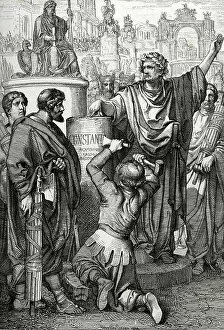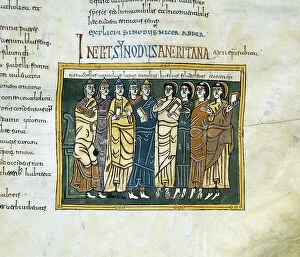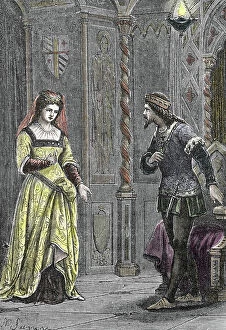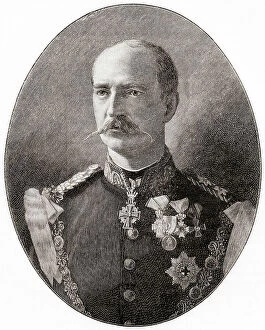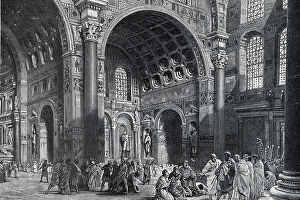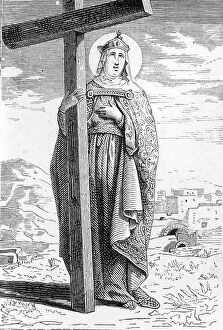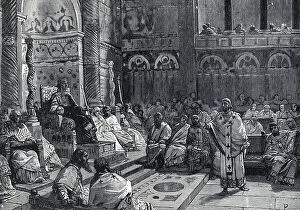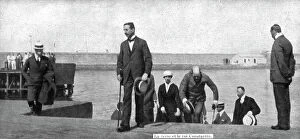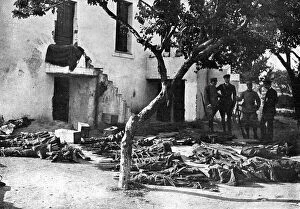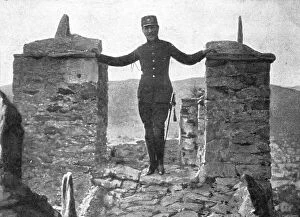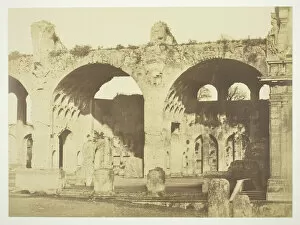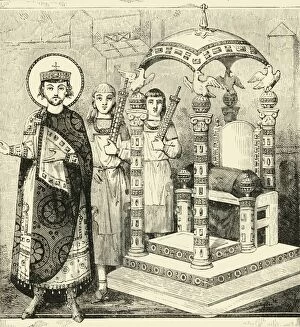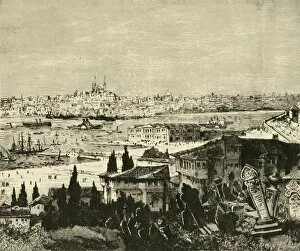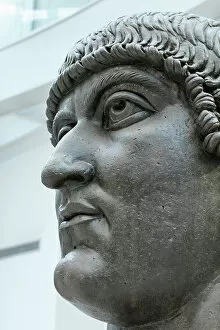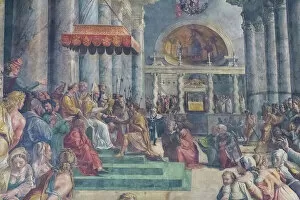Constantine I Collection
Constantine I, also known as Constantine the Great, was a Roman emperor who left an indelible mark on history
All Professionally Made to Order for Quick Shipping
Constantine I, also known as Constantine the Great, was a Roman emperor who left an indelible mark on history. One of his most significant achievements was the foundation of Constantinople, which he transformed into the imperial capital by renaming Byzantium. This strategic move solidified his reign and ensured the longevity of his empire. The Baptism of Constantine is a remarkable fresco that depicts a pivotal moment in his life. Painted between 1517 and 1524, it showcases his conversion to Christianity and highlights the influence this religion had on him and subsequent emperors. Another notable artwork related to Constantine is The Donation of Rome. Created in detail during 1523-24, this fresco captures an event where Constantine purportedly gifted Rome to Pope Sylvester I. While historically disputed, it symbolizes the close relationship between church and state during this era. Robert MacPherson's Untitled piece from 1857 portrays Basilica Maxentius, an architectural marvel commissioned by Emperor Maxentius but completed under Constantine's rule. It serves as a testament to both their legacies. The Throne of Byzantine Emperors is another intriguing artifact associated with Constantine. Crafted in 1890 by an unknown creator, it represents the seat from which numerous emperors ruled over their vast domain for centuries after Constantine's reign ended. Photographs taken in Constantinople around 1890 offer glimpses into how this great city evolved over time since its founding by Emperor Constantine himself. These images capture its grandeur and magnificence as one walks through its streets filled with history. Constantinople itself holds immense historical significance due to its association with Emperor Constantine I. As Roman emperor from 306 until his death in 337 AD, he played a crucial role in shaping not only political but also religious landscapes during this period. One such religious milestone linked to him is the First Council of Nicaea.

